
When faced with the decision to achieve smooth and clear skin through hair removal, consider the transformative options of hard wax and soft wax.
These methods offer a revolutionary approach to hair removal, providing exceptional results and a pampering experience. The decision-making process goes beyond mere preference, involving creating a personalized experience. Whether you aim to replicate a salon-like atmosphere at home or prioritize effective hair removal, understanding the differences between hard wax and soft wax is crucial. Making an informed choice ensures a smooth complexion and a tailored hair removal experience that aligns with your individual needs.
Hard Wax
Hard wax is a game changer when it comes to removing hair at home. It’s especially great, for more sensitive areas like the face, underarms or bikini line. Unlike wax hard wax is applied in a layer and becomes hard as it cools down. The best part about wax is that it only sticks to the hair, not the skin, which makes the whole process gentler and reduces the chances of irritation. You don’t even need cloth strips – just let the wax cool and solidify then give it a pull to reveal hair free skin.
Remember to clean and dry your skin before applying for results. Hard wax is your trusted companion for an precise, at home waxing experience that leaves you with touchable and irritation free skin.
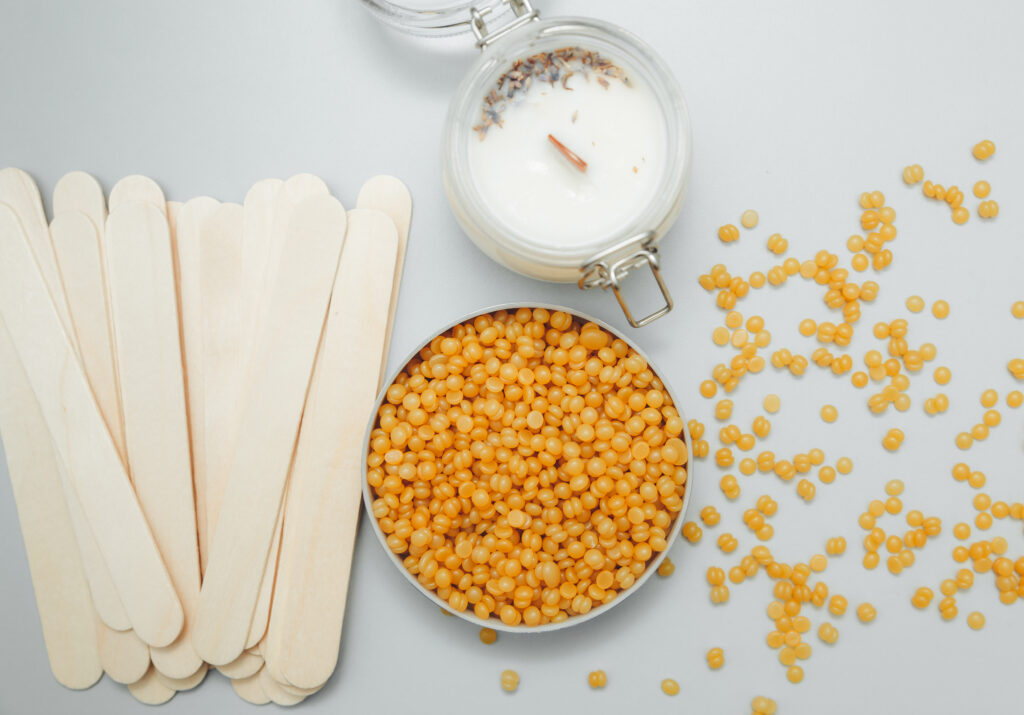
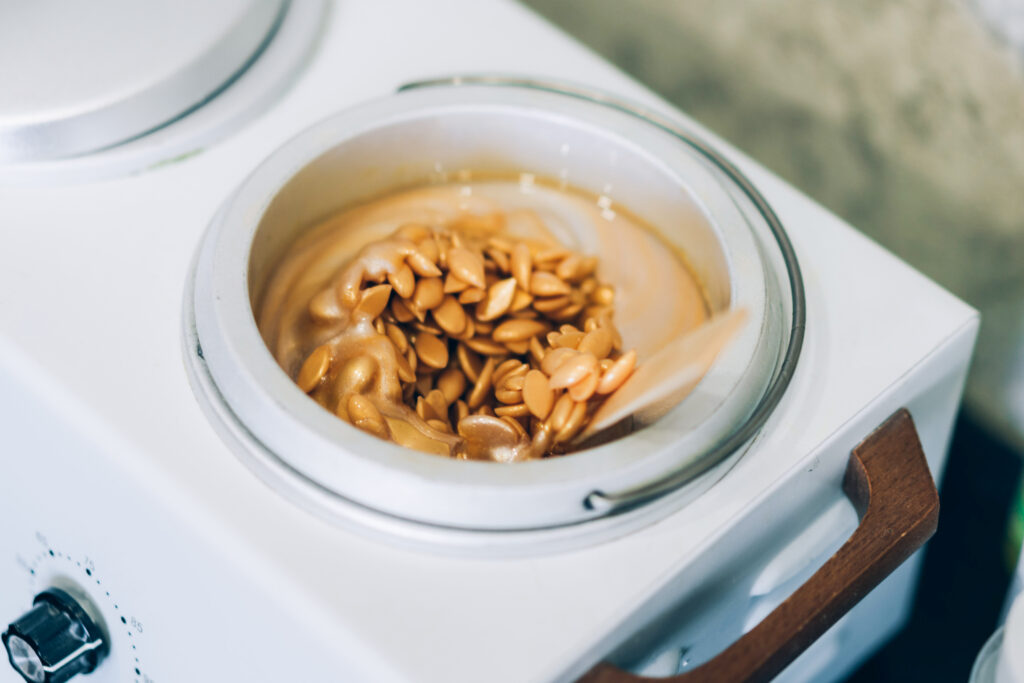
Hard Waxing Dos and Don’ts
- Avoid overheating hard wax, as excessively hot wax can cause burns. Follow the recommended heating instructions for a safe and effective application.
- Ensure your hair is the recommended length for hard waxing. If it’s too short, the wax won’t grip effectively; if it’s too long, trim it to the suggested length for optimal results.
- Don’t apply hard wax too thinly; it won’t effectively grip the hair. A thicker layer ensures proper adherence and successful hair removal.
- Skipping skin preparation can affect waxing results. Clean and dry your skin thoroughly before applying hard wax to achieve the best adhesion.
- Allow the hard wax to cool and solidify adequately before removal. Rushing this step may result in incomplete hair removal and increased discomfort.
Soft Wax
Strip wax, which is commonly referred to as wax is a versatile choice, for individuals who prefer to remove hair from larger areas such as legs, arms and back in the comfort of their own homes. This type of wax is skillfully applied in an even layer on the skin using a spatula. A cloth strip is then swiftly pressed onto the wax. Promptly removed against the direction of hair growth effectively eliminating both hair and the wax itself. Soft wax not clings to the hair but also adheres well to the skin making it an efficient option for covering surface areas with just one application.
To achieve results it’s essential to ensure that the skin is clean and dry before applying wax. While soft wax is renowned for its ability to remove finer hairs effectively it’s advisable to exercise caution when applying it repeatedly over the same area in order to prevent any potential irritation or discomfort on the skin. All in all soft wax provides a user solution, for individuals seeking hair free skin within their own homes.
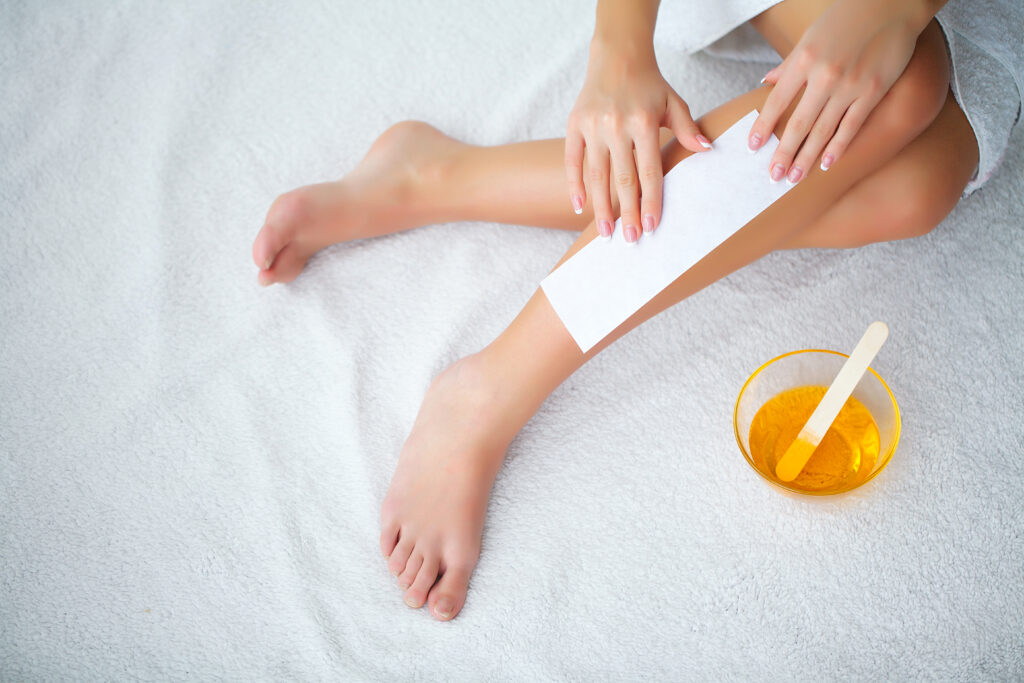
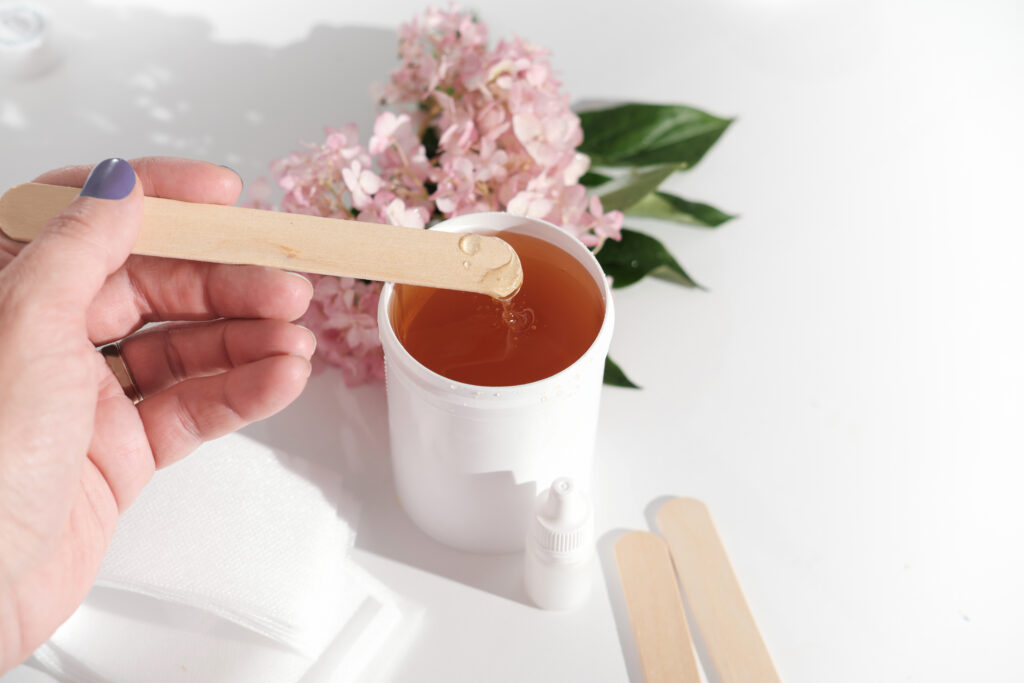
Common Soft Waxing Mistakes to Avoid
- Avoid overheating soft wax, as excessively hot wax can lead to burns and skin irritation. Follow the heating instructions provided with the product.
- Ensure your skin is completely dry before applying soft wax. Applying on damp or wet skin can affect the wax’s adhesion and efficacy.
- Resist the temptation to reapply soft wax on the same area multiple times. Doing so can irritate the skin and increase the risk of redness or discomfort.
- Failing to cleanse and exfoliate the skin before waxing can hinder the wax’s effectiveness. Clean, dry skin ensures optimal hair removal results.
- Pay attention to the recommended hair length for waxing. If the hair is too short, the wax may not grip it effectively; if it’s too long, trim it to the recommended length for optimal results.
Pre-Wax Care
Before you start waxing your skin at home it’s important to prepare for a comfortable experience. Begin by cleansing the area you want to wax to remove any dirt, oil or leftover products. Gently exfoliate to get rid of skin cells. Help the wax stick better. Make sure the skin is completely dry, before applying the wax for results. If your hair is too long trim it to a length so that waxing becomes easier and less painful. If you have skin you may want to consider using a wax oil or powder as a protective barrier. Keep all your tools like the wax itself applicators and post soothing products organized and within reach, for an efficient home waxing session.

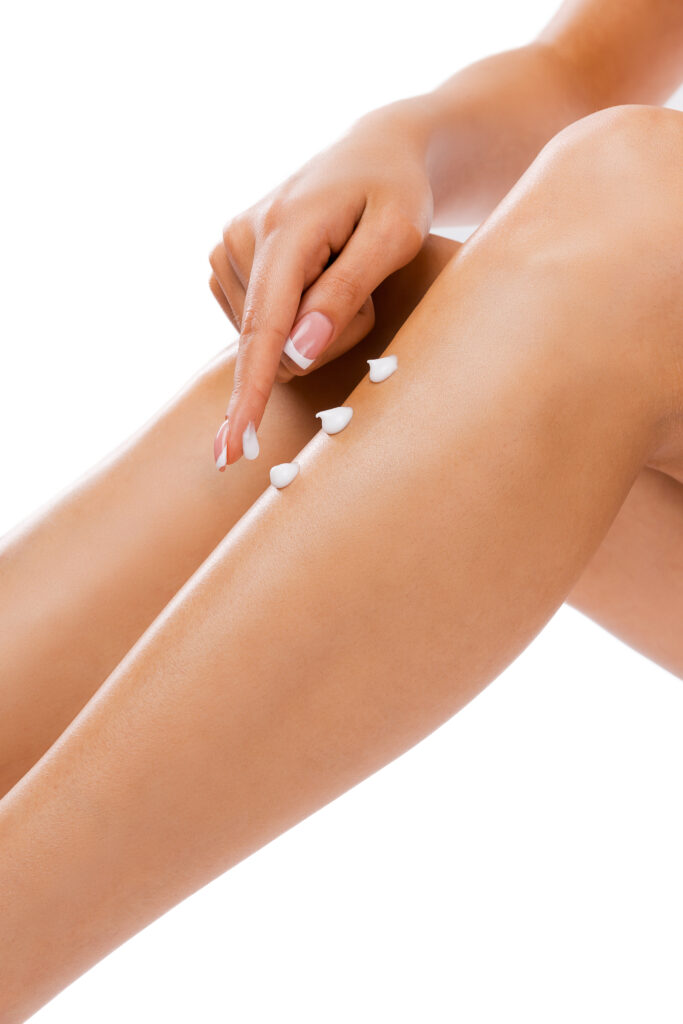
Post-care Wax
Once you finish waxing at home it’s important to take care of your skin. Start by applying a waxing oil or lotion to soothe any lingering redness and moisturize the treated area. Avoid exposing the waxed skin to sunlight, for least 24 hours to prevent irritation. If you notice any remaining wax residue gently cleanse the area using a soothing cleanser. Refrain from activities that might make you sweat or cause friction on the waxed skin, such as exercise, hot baths or wearing clothing for the first day.
Regularly exfoliate the treated area to prevent ingrown hairs and promote regrowth. Consider applying a calming product containing ingredients like aloe vera or chamomile to further soothe the skin and maintain its well-being post-waxing.
At-Home Hair Removal Options
Moving on from discussing the use of soft waxes and hard waxes it’s important to acknowledge that there are methods available, for at home hair removal that go beyond just waxing. Apart from using soft waxes some options cater to individual preferences and needs. For those looking for convenience depilatory creams offer an easy to use approach while epilators provide results. Shaving is a choice for people. The roll-on wax method introduces a way of applying wax making the process simpler. On the other hand sugar pastes with their ingredients offer a gentler alternative.
Each method has its benefits and the key is to find the one that suits your preferences, lifestyle and desired results seamlessly. Whether you’re someone who loves waxing and wants to explore alternatives like roll on wax or sugar pastes or considering a combination of methods the range of, at home hair removal options gives you the freedom to personalize your routine and achieve hair skin in the comfort of your own home.
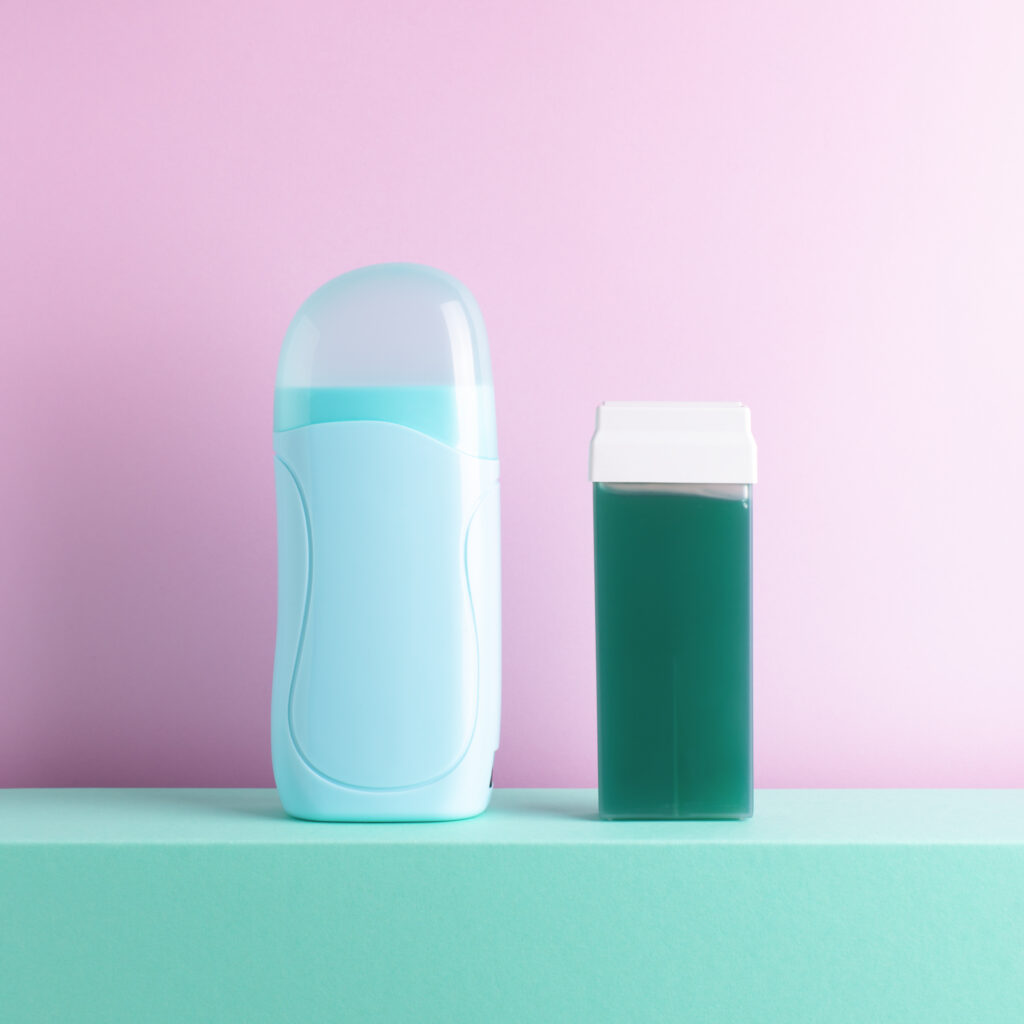
Hard Wax Vs. Soft Wax
| Criteria | Hard Wax | Soft Wax |
|---|---|---|
| Durability | Known for long-lasting results | Less durable |
| Duration of Stay | Stays until hardened and removed | May stay for a shorter duration |
| Ease of Use | Applied without cloth strips | Used with cloth strips for removal |
| Application Technique | Applied directly to the skin | Applied in a thin layer and spread |
| Suitable Hair Type | Suitable for coarse and stubborn hair | Suitable for finer hair types |
| Skin Sensitivity | Adheres less to the skin, causing less | May be preferred for sensitive skin |
| Cleanup | Easily cleaned with warm water or oil-based products | Requires use of cloth strips, may leave a residue that needs cleaning |
FAQ
Soft Wax is often preferred for sensitive skin as it adheres less to the skin and causes less irritation.
Yes, both types of wax can be used on various body parts, including the face, arms, legs, and bikini area.
Hard Wax is typically more effective for coarse and stubborn hair due to its ability to grip the hair firmly.
The hair should ideally be at least 1/4 inch long for effective waxing with both Hard Wax and Soft Wax.
It is recommended to perform a patch test before using any wax to check for any adverse reactions or consult with a dermatologist.
Experts generally recommend individuals wax every 4-6 weeks to maintain smooth skin, although the frequency of waxing may vary for each individual.
It is advisable to consult with a healthcare professional before using any waxing products during pregnancy.
You can easily clean any remaining wax residue by using warm water or oil-based products specifically designed for wax removal.

